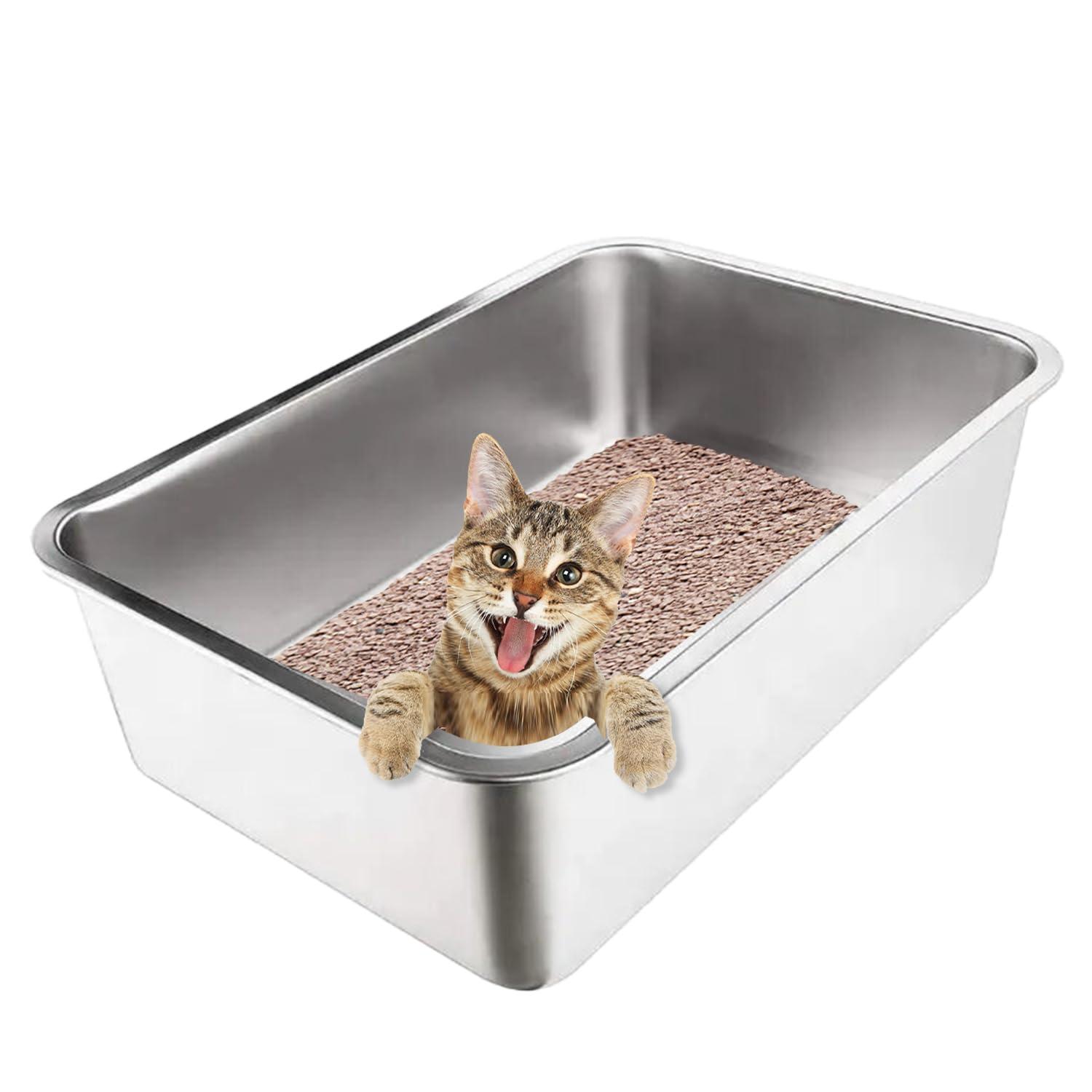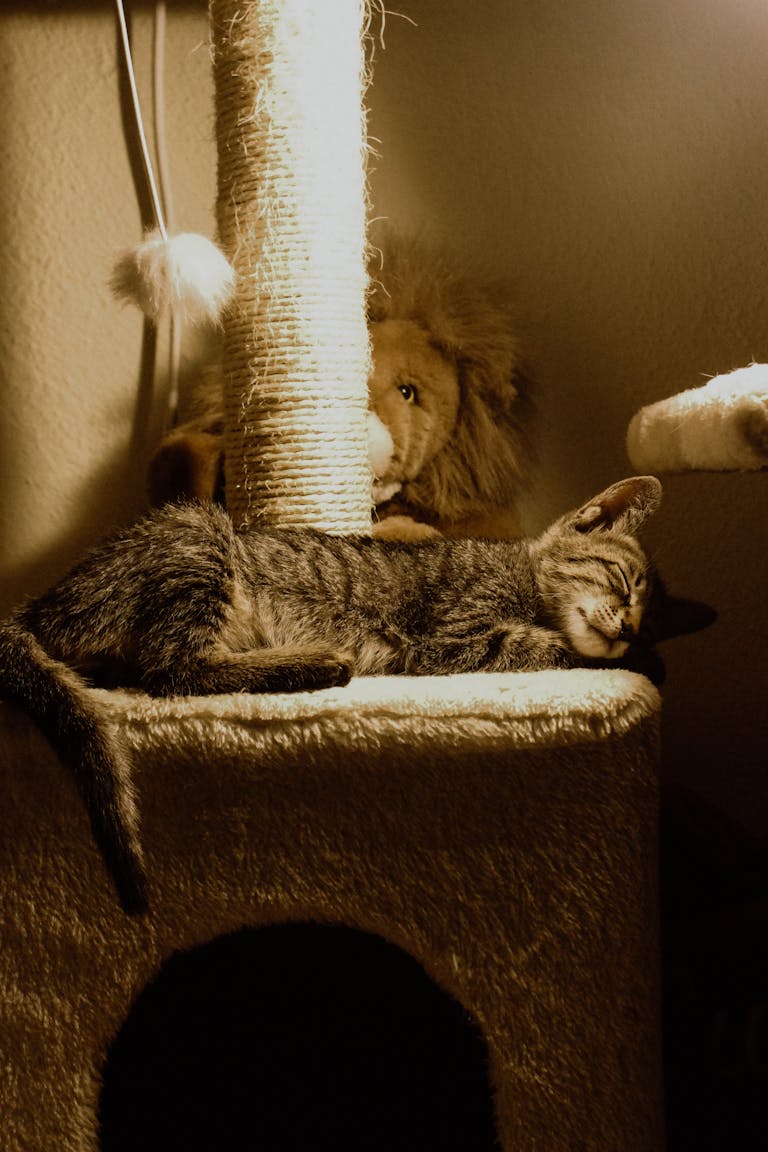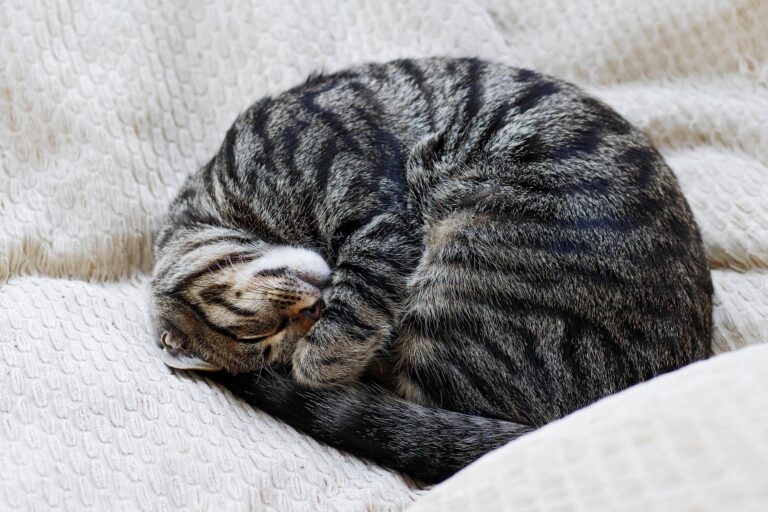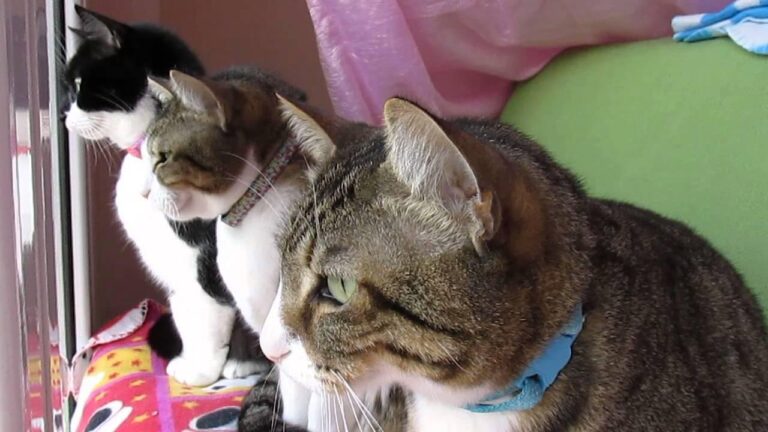What to Do If Your Cat Refuses to Use the Litter Box

What to Do If Your Cat Refuses to Use the Litter Box
Alright, cat parents—if you’re reading this, chances are you’re staring at a fresh mess somewhere *other* than the litter box and wondering, “Why, kitty, why?” It’s a frustrating, confusing problem, but you’re definitely not alone. A cat suddenly turning their back on the litter box can shake any cat lover’s sanity, but it’s also a pretty common hurdle on the journey of pet parenthood.
Whether it’s your curious kitten or your usually well-behaved senior feline, litter box refusal can pop up for all sorts of reasons. The good news is, with a little detective work and a gentle approach, you can usually get your fluffy friend back on track. So, grab a cup of tea (you’re gonna need it) and let’s dig into what’s going on—and what to do next.
When Paws Meet Problems: Why Litter Box Issues Matter More Than You Think
At first, an off-the-box accident might just feel like a minor inconvenience, but it’s actually a red flag worth paying attention to. Litter box refusal can signal a range of things—from medical troubles to emotional upset, even environmental stress. Ignoring the problem risks not only a stinky home but potentially serious health problems for your feline, not to mention stress on your relationship with your cat.
Think of the litter box as your cat’s bathroom sanctuary—when something interrupts that basic routine, it’s a sign that something’s off. Your kitty’s gonna tell you what’s up, often through their behavior (and not always politely). Understanding that this is about more than just “bad habits” can help you approach the situation with the patience it deserves.
Three Solid Steps to Help Your Cat Overcome Litter Box Refusal
1. Rule Out Medical Causes First
This is the absolute first hurdle to clear. Cats often avoid the litter box because they associate it with pain or discomfort. Urinary tract infections (UTIs), bladder stones, constipation, or other health issues can make using the litter box downright painful.
- Visit your vet ASAP. If your cat suddenly stops using the litter box, get a thorough check-up. It’s better to rule out health issues before tackling behavioral fixes.
- Look for other signs. Straining to pee, blood in the urine, or frequent attempts but little output? These are urgent symptoms.
2. Check Your Litter Box Setup
Sometimes it’s as simple as your kitty not liking something about the bathroom setup. Cat litter preferences, box cleanliness, or location can make a big difference.
- Keep it clean. Cats are famously tidy animals—if the box smells or is full, they’ll avoid it. Scoop daily and do a full litter change weekly.
- Experiment with litter types. Some cats are picky—clumping vs. non-clumping, scented vs. unscented, or even natural litters can impact usage.
- Try different boxes. Open vs. covered boxes can change the vibe for your cat. If you can, add a second box in another quiet spot.
- Watch the location. Is the box hidden away, noisy, or near the cat’s food? Cats don’t like to pee or poop close to their dinner area.
3. Address Stress and Behavioral Triggers
Cats are sensitive creatures. Changes in their environment, new family members or pets, loud noises, or even moving furniture can stress them out enough to start litter box refusal.
- Keep routines consistent. Cats thrive on predictability, so try to provide stability, especially during stressful life events.
- Make your home cat-friendly. Lots of vertical spaces, hiding spots, and quiet zones help reduce anxiety.
- Use calming aids. Consider pheromone diffusers or sprays to soothe nervous kitties.
- Positive reinforcement. Praise and reward your cat lovingly when they use the box.
What Not to Do: Mistakes to Dodge with Litter Box Issues
It’s tempting to scold your kitty when they “mess up,” but this is a no-go zone. Here are some pitfalls to avoid so you don’t unintentionally make things worse:
- Don’t yell, punish, or spray water. It scares your cat, breaks trust, and won’t fix the root cause.
- Don’t clean accidents with ammonia-based products. They smell like urine to cats and encourage repeat offenses in the same spot.
- Don’t overlook the importance of multiple boxes. If you have more than one cat, a single litter box often isn’t enough.
- Don’t rush the cleaning process. Use enzymatic cleaners designed specifically to target pet urine odors and stains.
Some Handy Helpers: Tried-and-True Products to Try
Not all litter boxes or products are created equal. Sometimes investing in the right tools can make all the difference in winning back your cat’s trust in their bathroom.
- Litter box options: Try a high-sided box or one with low entry depending on your cat’s preferences. If space is tight, this self-cleaning litter box can be a game changer for keeping things fresh consistently.
- Litter types: Natural litter like corn or wood pellets often appeals to sensitive paws. Avoid scented litters that can overwhelm your kitty’s nose.
- Cleaning supplies: Enzymatic cleaners like those designed specifically for pet urine (e.g., Nature’s Miracle) break down urine molecules rather than just masking smells.
- Calming aids: Pheromone diffusers like Feliway help reduce anxiety-related elimination issues.
Curious Queries: FAQs on Cat Litter Box Refusal
Q: What if my cat only refuses to use the litter box sometimes?
Intermittent refusals can be due to stress, medical problems, or litter box issues. Keep an eye on frequency and patterns; a vet visit is a good idea to rule out health causes.
Q: How many litter boxes should I have for my cats?
The general rule is one box per cat, plus one extra. So if you’ve got two kitties, ideally three boxes around the home. This helps reduce conflicts and gives them options.
Q: Can a dirty litter box really cause refusal?
Absolutely! Cats are tidy by nature and don’t like stepping into dirty, smelly litter. Scooping daily and weekly total clean-outs can encourage consistent use.
Wrapping Up: Patience, Love, and a Little Detective Work
Dealing with a cat who refuses to use the litter box isn’t fun—no sugarcoating it. But the good news is, most times there’s a logical reason behind this puzzling behavior, and it can be fixed. The key is tuning in to your kitty’s needs, respecting their preferences, and taking things step-by-step.
Remember, your cat isn’t trying to be “bad” or “stubborn.” They’re communicating something important, and as a loving pet parent, you’re completely capable of solving the mystery. With a little love, understanding, and the right setup, your furball will be back to their litter box habits in no time—making your home smell sweet again and your heart full.
Hang in there, fellow cat lover—you’ve got this!







